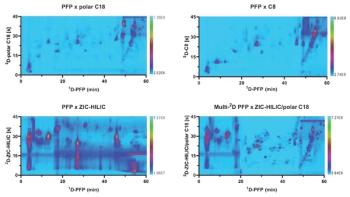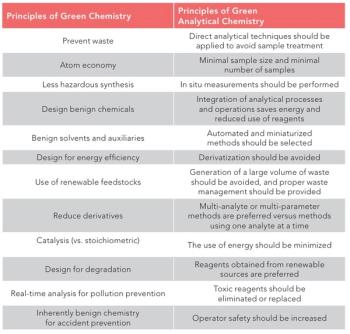
- The Column-12-12-2017
- Volume 13
- Issue 18
Novel Method for Mechanical Characterization of Agarose Resins
Researchers from University College London have developed a novel method of characterizing the mechanical strength of agarose-based chromatography resins used in the manufacturing of biopharmaceuticals.
Researchers from University College London have developed a novel method of characterizing the mechanical strength of agarose-based chromatography resins used in the manufacturing of biopharmaceuticals (1).
The mechanical characterization of agaroseâbased resins is a vital component of ensuring robust chromatographic performance when manufacturing biopharmaceuticals. Manufacturers must ensure that chromatographic media meet a broad range of requirements before use for the separation and purification of biological products. These requirements include stability, which can be broadly split into two categories: chemical and mechanical (2). In the case of mechanical stability, it is largely dependent on the choice and composition of the base material, particle size distribution, particle porosity, and to a lesser extent, ligand and ligand deployment (3,4).
Currently pressure-flow profiles are the most commonly used technique to characterize these properties. However, this method requires adherence to a stringent packing criteria and may require several re-packs to achieve the desired packing quality, a process further complicated by each resin having a specific packing criteria. Furthermore, the impact of wall effects on experimental set-up and the quantities of chromatography media and buffers required are a factor. Together these issues can drive up the costs of this vital process.
To address this, researchers developed a dynamic mechanical analysis (DMA) technique that utilizes the viscoelasticity of a 1-mL sample of slurry to ascertain the mechanical properties of the resin. The technique does not require the use of multiple buffers and uses a much-reduced quantity of resin that researchers believed would address the costing issues associated with pressure-flow characterization.
Utilizing the new technique to investigate the viscoelastic properties of small quantities of seven agarose-based resins, the researchers examined how the slurries responded to the strain over a fixed period of time before looking to draw correlations between the results obtained from pressure-flow and DMA experiments. Through this method researchers hoped to ascertain whether DMA can be used as a complementary technique for the mechanical characterization of chromatography media.
The results published in the Journal of Chromatography A suggested that the new technique was on par with the established pressure-flow technique when determining resin robustness and could be used as a complementary technique. Furthermore, researchers suggested the technique could also be used for the rapid testing of a range of resins post-emulsification and during the development of new resins.
References
- M.C. Nweke, R.G. McCartney, and D.G. Bracewell, J. Chromatogr. A 1530, 129–137 (2017).
- N. Ioannidis, Manufacturing of Agarose-Based Chromatographic Media with Controlled Pore and Particle Size. University of Birmingham (2009).
- G. Jagschies, G. Sofer, and L. Hagel, in Handbook of Process Chromatography – Development, Manufacturing, Validation and Economics (Elsevier, 2nd Ed., 2008).
- M. Andersson, Characterisation of Chromatography Media Aimed for Purification of Biomolecules. Uppsala Universitet (2014).
Articles in this issue
about 8 years ago
Analysis of Next‑Generation Protein Biopharmaceuticalsabout 8 years ago
LCGC Europe/HTC-15 Innovation Awardabout 8 years ago
ChromSoc Lecturer Visits University of Sunderlandabout 8 years ago
Avantor Acquires VWRabout 8 years ago
Vol 13 No 18 The Column December 12, 2017 Europe and Asia PDFabout 8 years ago
Vol 13 No 18 The Column December 12, 2017 North American PDFNewsletter
Join the global community of analytical scientists who trust LCGC for insights on the latest techniques, trends, and expert solutions in chromatography.




